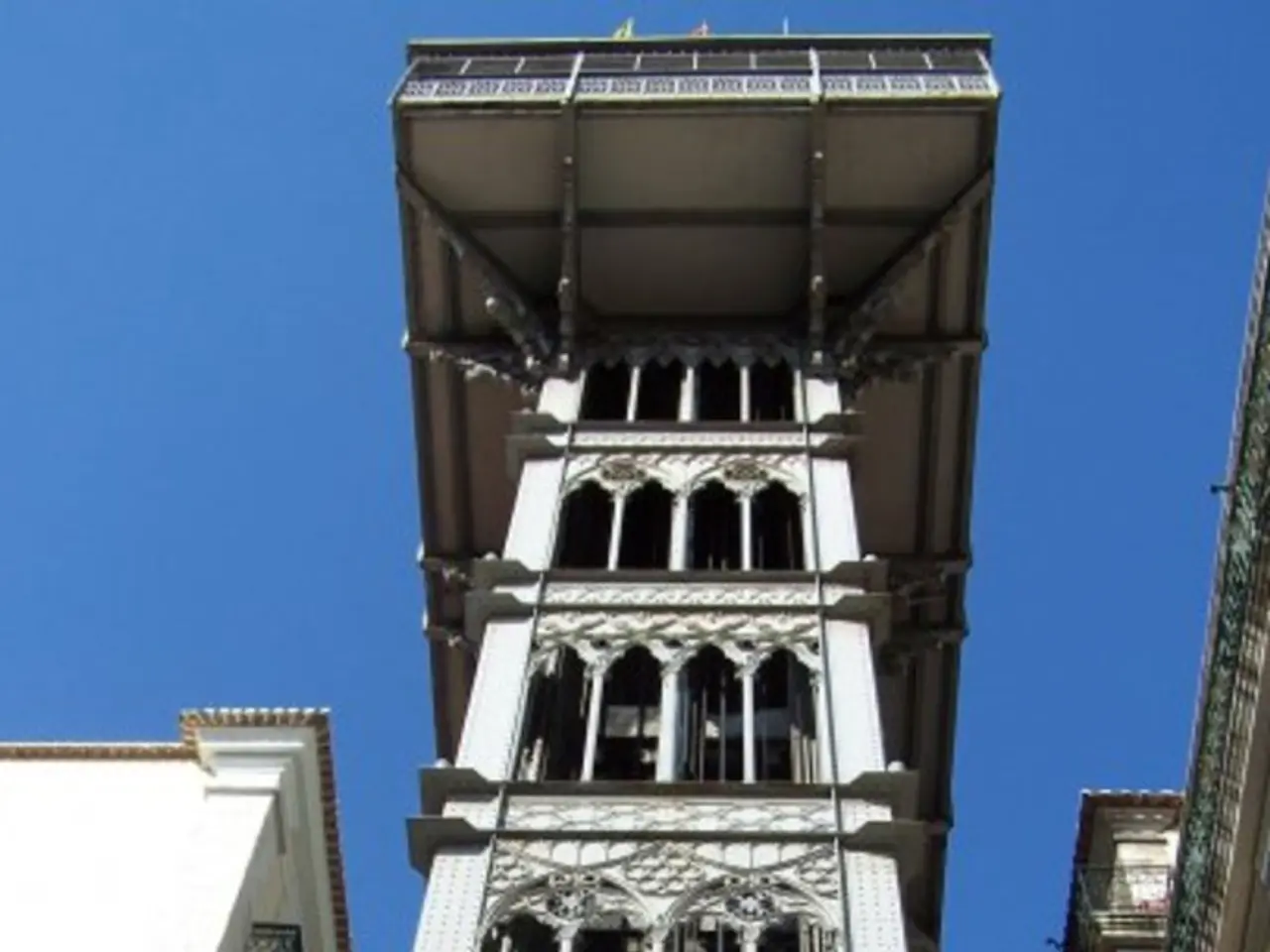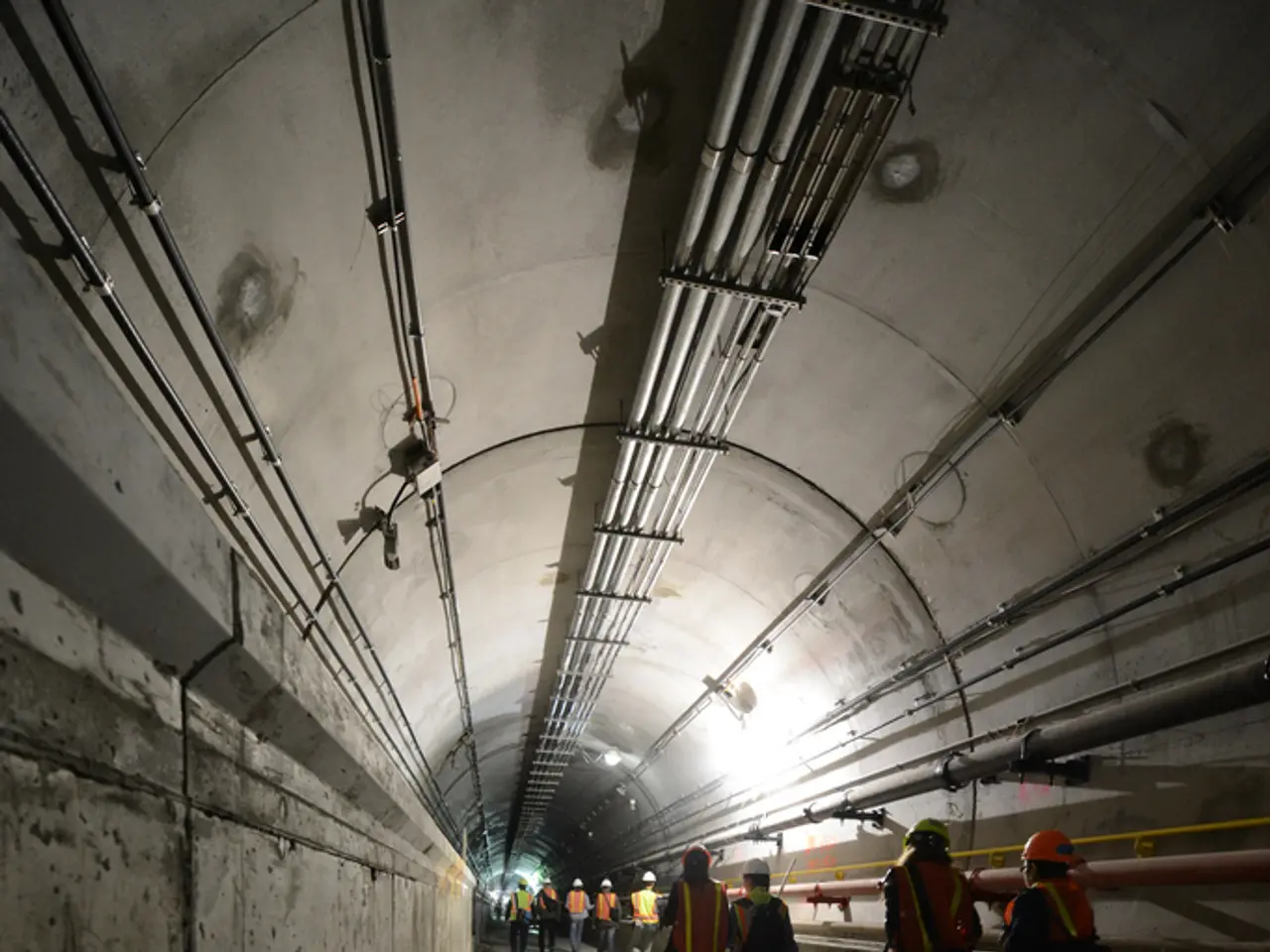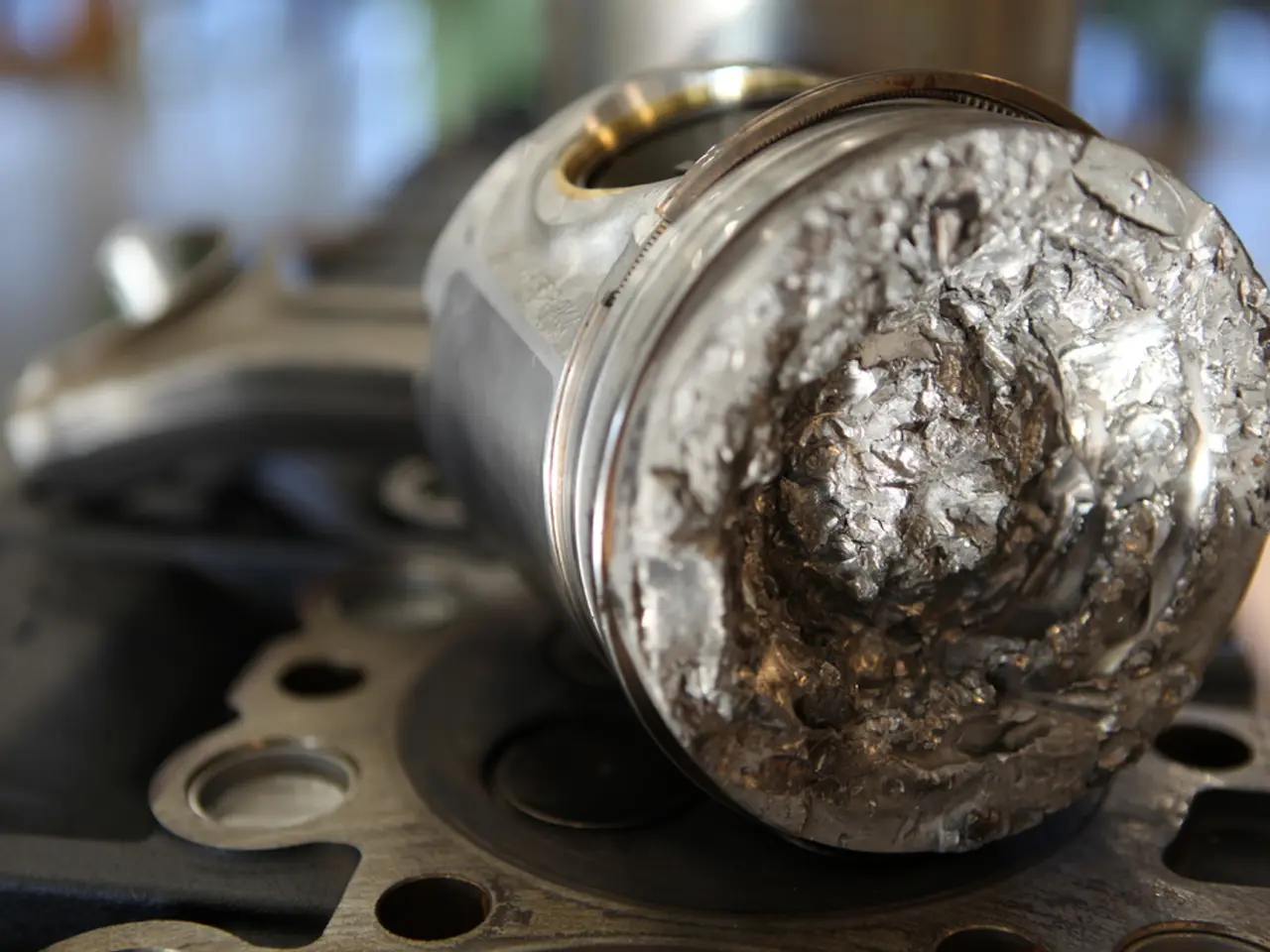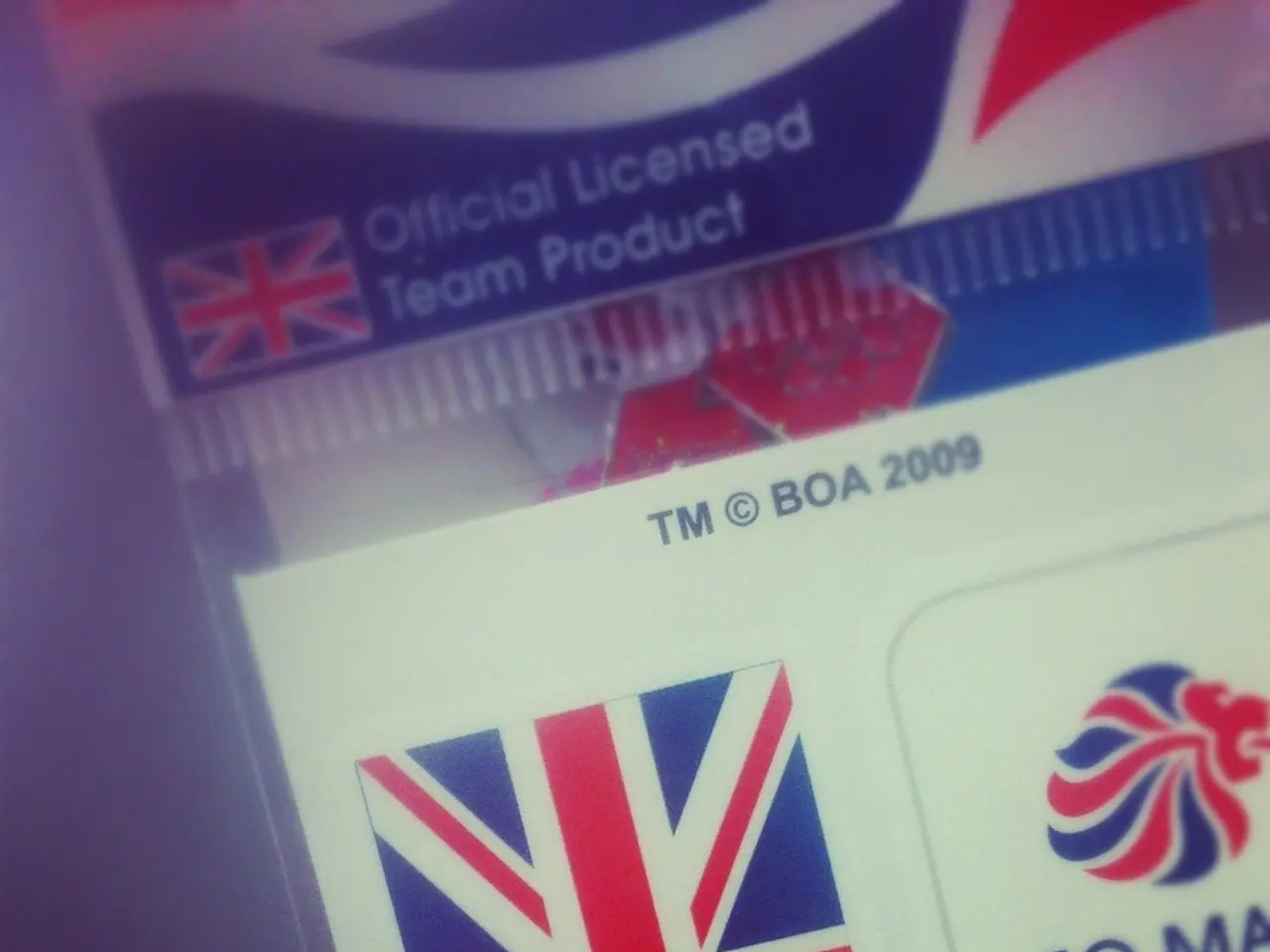Revised International Standards for Hydrographic Surveys
The International Hydrographic Organization (IHO) has maintained its four survey orders—Special Order, Order 1, Order 2, and Order 3—each with defined requirements for depth accuracy and positioning accuracy. However, the specific numerical values for these requirements have not been updated in the latest publicly accessible IHO documents from July 2025.
The established IHO S-44 standard, published in Special Publication 44, remains the authoritative document defining survey order accuracies. According to this standard, the survey orders are characterized by the following levels of accuracy:
| Survey Order | Depth Accuracy (vertical) | Position Accuracy (horizontal) | |-----------------|--------------------------------------|---------------------------------------------| | Special Order | ±0.25 m or better | ±1 m or better | | Order 1 | ±0.5 m | ±3 m | | Order 2 | ±1 m | ±5 m | | Order 3 | ±2 m | ±10 m |
The IHO Standards, initially published in 1968, have undergone several revisions since, with the Fourth Edition published in 1998. This edition introduced a new equation to calculate error limits for depth accuracy, allowing for fixed errors as well as depth-dependent errors, and variations according to survey order.
The latest IHO Circular Letter 27/2025 focuses more on standards of competence for hydrographic surveyors and recognition of training courses rather than technical accuracy parameters. This shift towards education reflects the advances in precise positioning from satellite systems, which are now utilized in the Fourth Edition of the Standards.
Special Order surveys are reserved for critical navigation waters requiring the highest accuracy, while Order 1 is suitable for standard approach or harbor areas. Order 2 is appropriate for coastal waters, and Order 3 is designed for offshore or deep water areas where less precision is acceptable.
The IHO, established in 1921 as the International Hydrographic Bureau (IHB), aims to coordinate activities of national Hydrographic Offices and adopt reliable methods for hydrographic surveys. The organization's objectives also include the development and promulgation of standards for hydrographic surveys, such as the S-44 standard.
The line spacing standards for hydrographic surveys are generally dependent on the average water depth. A combination of maximum line spacing, sonar system detection capability, and the concept of 100% bottom search has been adopted in the new Standards. Sonar systems used for Special Order surveys must be capable of detecting features greater than 1 metre in size.
Errors due to tidal measurements, datum determination, and sounding datum transfer are now included in the depth accuracy standards. Primary shore control points should be located to a relative accuracy of 1:100,000 for surveys using ground survey methods, and errors should not exceed 10 centimetres at the 95% confidence level when using satellite positioning.
If you require exact numeric accuracy values for each order, consult the latest version of the IHO S-44 document directly on the IHO website or official publications. The Fourth Edition of the Standards compares depth error limits for the four orders to the comparable allowable error from the Third Edition of the Standards. If changes have occurred post-2024, they have not yet been reflected in these sources.
- The science of hydrography, as guided by the IHO, utilizes technology in its surveys, such as sonar systems used for Special Order surveys that can detect features greater than 1 metre in size.
- Advances in medicine have not directly impacted the IHO's survey orders, but the fourth edition of the IHO Standards introduced a new equation to calculate error limits for depth accuracy, which considers fixed errors as well as depth-dependent errors.
- While the IHO focuses on hydrographic surveys, it also pays attention to finance, with the latest version of the IHO S-44 document available for consultation on the IHO website or official publications for those seeking exact numeric accuracy values for each survey order.




